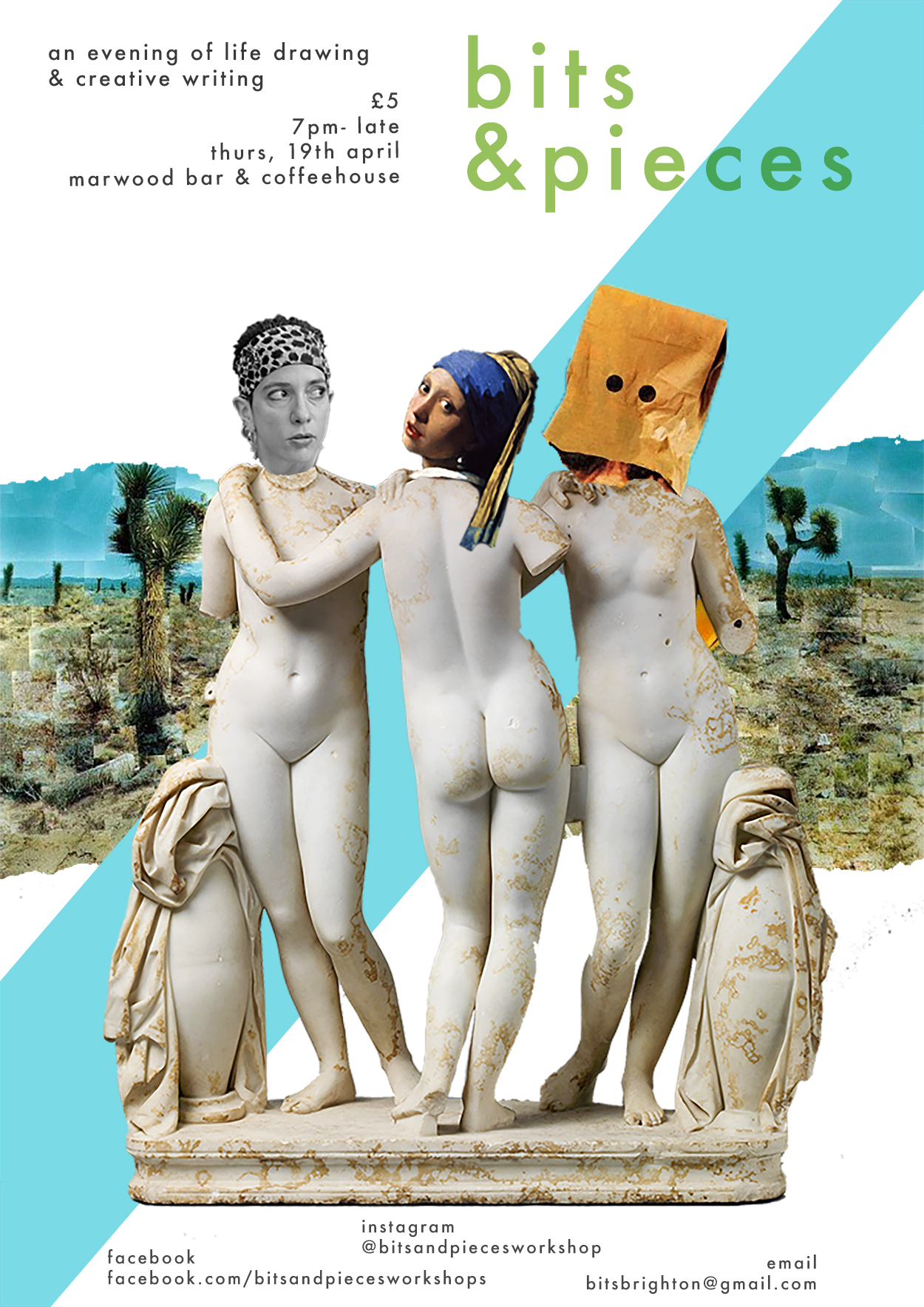Debates surrounding reading are familiar to any bibliophile – from the 21st century dispute of book vs. Kindle, to whether the author should ‘die’ after publication or continue to spout lore regarding the characters in the manner of J. K. Rowling. And, of course, there’s the age-old argument of what books are truly the ‘best’. At university, choosing a book at all is a luxury; come September each student is bestowed a list of their lecturers’ worst-sellers and told to venture to Amazon in order to make several regrettable purchases. Poring over How to Conduct Your Research Project in 125 Easy Steps after a full day of seminars understandably proves a struggle. So it comes as no surprise that many students prefer to re-read childhood favourites in their spare time, particularly as nostalgia enhances emotional wellbeing, according to a 2022 study.
While some books are socially acceptable to re-read, such as the Harry Potter series (albeit only plot-wise; I wouldn’t advise reaching for a copy in 2024 lest you want to be labelled a TERF), others – brightly-jacketed stories for the under-12s – are unfairly met with stigma. But they shouldn’t be! I first re-read one such book at 18 while suffering from an acute case of pyelonephritis. Surreptitiously digging out Ruby the Red Fairy felt shameful, and so I made sure to tuck each of my A Level certificates between the pages of every chapter. But I was soon struck with an emotion stronger than embarrassment – happiness. I would recommend this alliterative collection of literal fairy tales in its entirety, but unfortunately the ghost-written series has continued for so long that there might well be a Kitty the Kidney Infection Fairy – good for representation, but a poor distraction.
At 25, I’ve now been a proud re-reader for over seven years; there are some novels I’ve re-read so often that my party trick is reciting entire pages from memory. Unfortunately, I can never make it past a paragraph before being thrown out of the party for killing the mood. Despite facing judgement from peers, re-readers like me can find solace in the fact that authors themselves seem to encourage revisiting childhood classics. Popular children’s author, Jacqueline Wilson, has penned sequels to several stories written decades ago, including The Story of Tracy Beaker and Sleepovers. On 21 March, she even announced an upcoming adult novel, entitled Think Again, which will serve as the fifth instalment of the popular Girls series, written between 1997 and 2002. Many grown-up fans flocked to social media in a flurry of excitement, announcing their desire to re-read the teen series ahead of September’s release. If you’re still not convinced, here are my top three reasons for re-reading…
Firstly, returning to books can offer a new perspective of the storyline. Take another Jacqueline Wilson classic, The Illustrated Mum, a novel which follows the lives of two young girls whose mother is suffering from Bipolar disorder. When I first read the book in my childhood, my empathy was reserved for the 10-year-old protagonist. However, upon revisiting the story in my twenties, I was able to better understand the character of the mother, primarily due to my own diagnosis of BPD. Bence Nanay, a professor of philosophy at the University of Cambridge, supports this point, arguing that the mental imagery reading evokes can be different on each occasion.
Secondly, re-reading is easy! Just as you don’t want to go to the gym after running a marathon, so you don’t want to read Dickens after a particularly trying seminar. In the current era of doom-scrolling and over-working, it’s important to give your brain a break!
Finally, coming back to books is cheap – you already own them! Sure, they might be gathering dust in your parents’ loft, but at least you won’t have to fork out £12.99 on a new release, which may or may not be any good, during a cost of living crisis.
So next time you’re agonising over whether to pick Dostoyevsky or The Tiger Who Came to Tea, I hope you make the right decision and spend some time with the stripy big cat.




